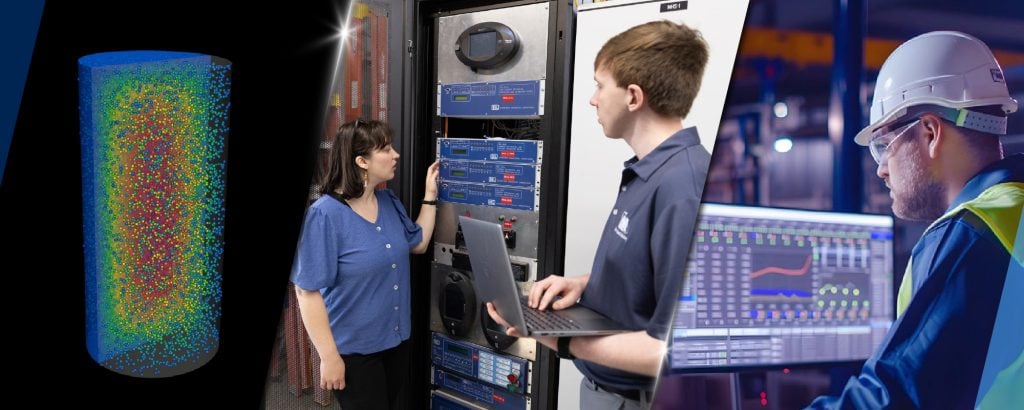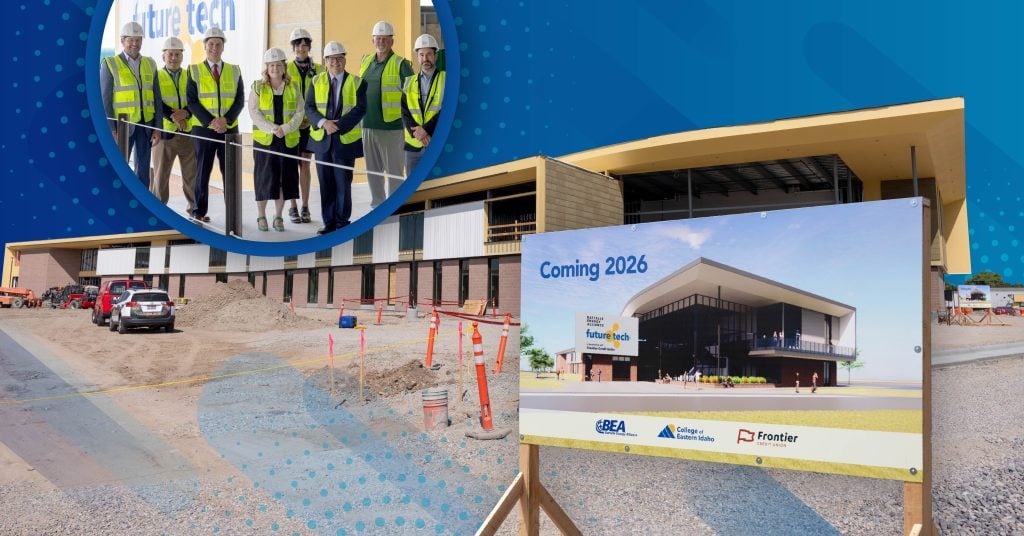For cities in the most isolated regions of Alaska, keeping the lights on is often challenging and almost always expensive.
There’s no good way to string power lines over the vast expanses of wilderness that separate individual towns, so instead of one consolidated grid spanning the entire state, Alaskans get their power from a disconnected mishmash of more than 200 microgrids.
Typically, these remote microgrids are powered by diesel fuel, which must be shipped by barge or even flown by airplane hundreds of miles. If the weather turns bad, the fuel might be delayed, causing shortages and price spikes.
Where power in the lower 48 states costs about 12 cents per kilowatt-hour, the Alaskan power price averages 18 cents per kWh.
“The cost disparities between urban and rural communities are enormous,” said Nolan Klouda, director of the Center for Economic Development at the University of Alaska Anchorage. “In some remote villages in the state, power might cost $1 per kilowatt hour.”
Alleviating energy challenges
That’s why Klouda and the University of Alaska are collaborating with DOE to analyze whether microreactors might help alleviate some of Alaska’s energy challenges.
Microreactors are small nuclear reactors that could be built in a factory and transported in a shipping container to just about anywhere in the world.
Most microreactor designs would produce less than 50 megawatts (thermal). Engineers envision plugging a microreactor into an existing grid with minimal infrastructure upgrades. Their small size and advanced technologies allow the reactors to operate safely with few workers on a small footprint with very little maintenance.
These advanced microreactor technologies include passive safety systems and advanced, high-performance materials that markedly reduce the chance of an accident.
Most microreactor designs would arrive on site fully sealed with all the fuel needed to operate for the life of the reactor. “You can easily imagine reactors that don’t need to be refueled and last for more than 10 years,” said Steven Aumeier, Idaho National Laboratory’s senior adviser for Nuclear Energy Programs.
Federal and commercial opportunities for microreactors in Alaska
In addition to Alaska’s remote villages, the state hosts a number of remote federal installations and commercial facilities that might benefit from a power source that could last for decades with minimal fuss.
Candidates for microreactors include mining operations, seafood processing factories, and especially military installations. At remote Army, Air Force and Coast Guard outposts, providing reliable power can be difficult.
“We have some fairly remote military installations,” Klouda said. “They often need redundant power. In many cases they have to be self-sufficient.”
Another potential use of microreactors in Alaska is for disaster relief. The state is prone to earthquakes, tsunamis, wildfires and extreme weather, which could leave an isolated community particularly vulnerable. A portable microreactor could help with rescue operations and as a stopgap power source. They could also help power communities that need to relocate due to rising sea levels.
Microreactor history
The microreactor concept isn’t new. In the ’60s and ’70s, the U.S. Army commissioned several mobile nuclear reactors that were used with varying levels of success at installations such as a radar station in Greenland; on a ship that powered Panama Canal operations; at a radar station in Sundance, Wyoming; and at Alaska’s Fort Greely.
But these reactors relied on decades-old technology. There’s reason to believe this next generation of microreactors will offer several advantages compared with the older models.
“In the past 25 or 30 years there have been pretty significant advances in materials and electronics that would help microreactors be simpler, safer and more economical,” Aumeier said.
Alaska’s mix of energy challenges has prompted public officials to again take a hard look at microreactors. In an April 2019 op-ed, Alaskan U.S. Sen. Lisa Murkowski, chair of the Energy and Natural Resources Committee, said microreactors “could help relieve crippling energy prices in isolated villages and provide baseload power for an array of other applications.
“What’s more, the technology is safer than ever before,” Murkowski continued. “Creative designs mean massive improvements in performance.”
Working to determine need and feasibility
The University of Alaska collaboration is meant to determine the need and feasibility of such a project. Klouda and the Center for Economic Development are analyzing the cost benefits and identifying potential customers. A team of researchers at INL will help industry develop the technology, including advanced “intelligent” systems that allow for autonomous or highly simplified operations.
“It’s an example of the role of the national laboratory,” Aumeier said. “We’re not here to sell people anything. Because we don’t have a profit interest, we can help stakeholders understand the technology.”
Opportunities for research and development
The interest in nuclear microreactors for military bases has spawned opportunities for research and development.
For example, the 2019 National Defense Authorization Act calls for a report to Congress on a pilot project for a microreactor deployed on a military or federal reservation by 2027. Also, the Army Strategic Capability Office has requested proposals for a mobile microreactor. Finally, several U.S. companies have microreactor designs in various stages of development.
A microreactor demonstration project on the INL reservation would have enormous value for companies, state government officials and other stakeholders. “They’ll have a front-row seat so they can decide for themselves the potential benefits of these systems,” Aumeier said.
For more information, visit https://www.energy.gov/ne/articles/big-potential-nuclear-micro-reactors.





